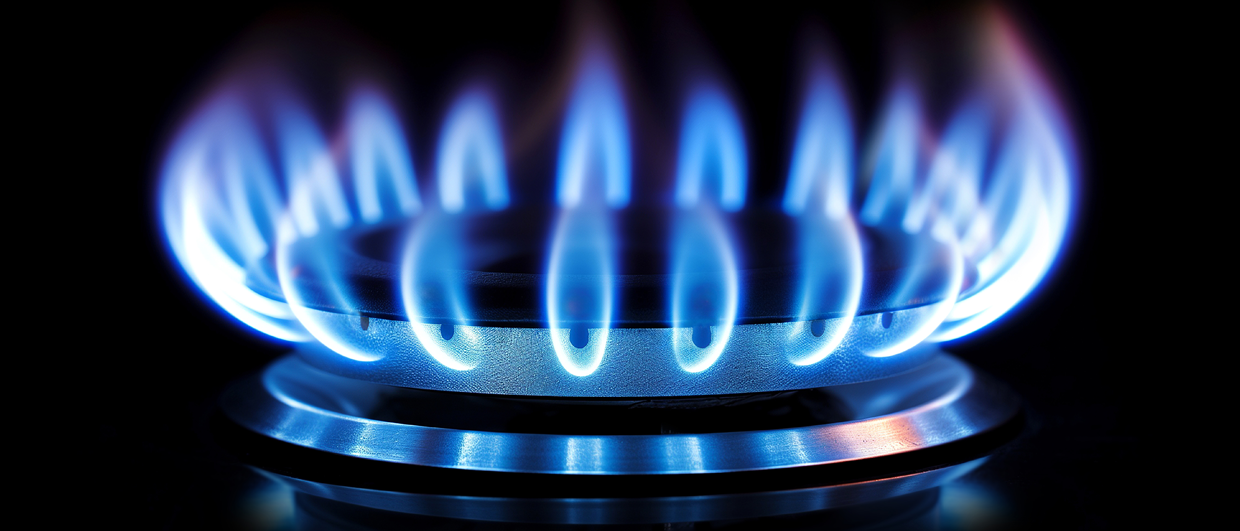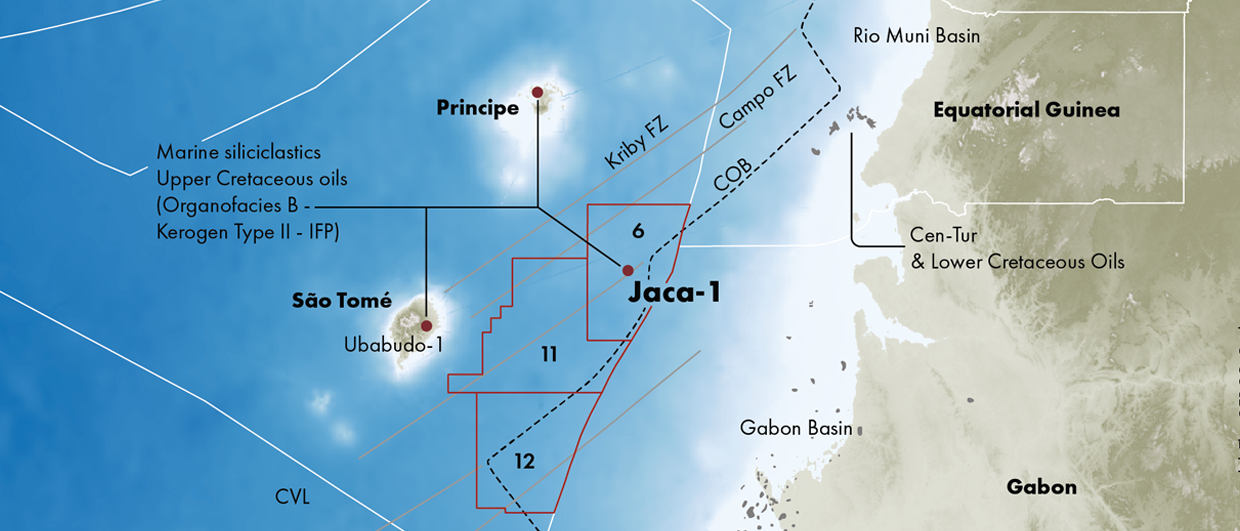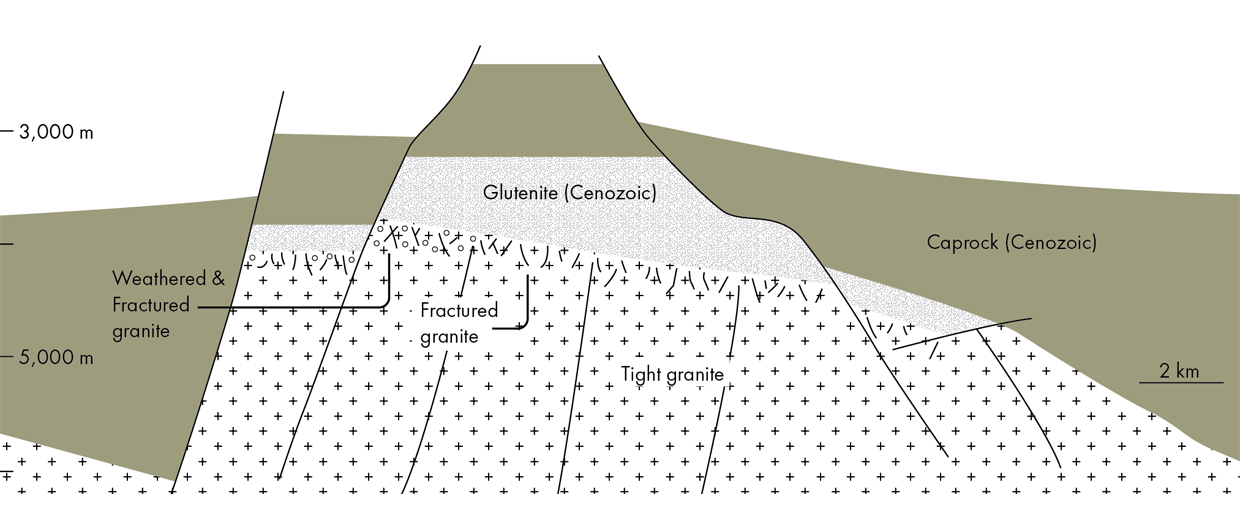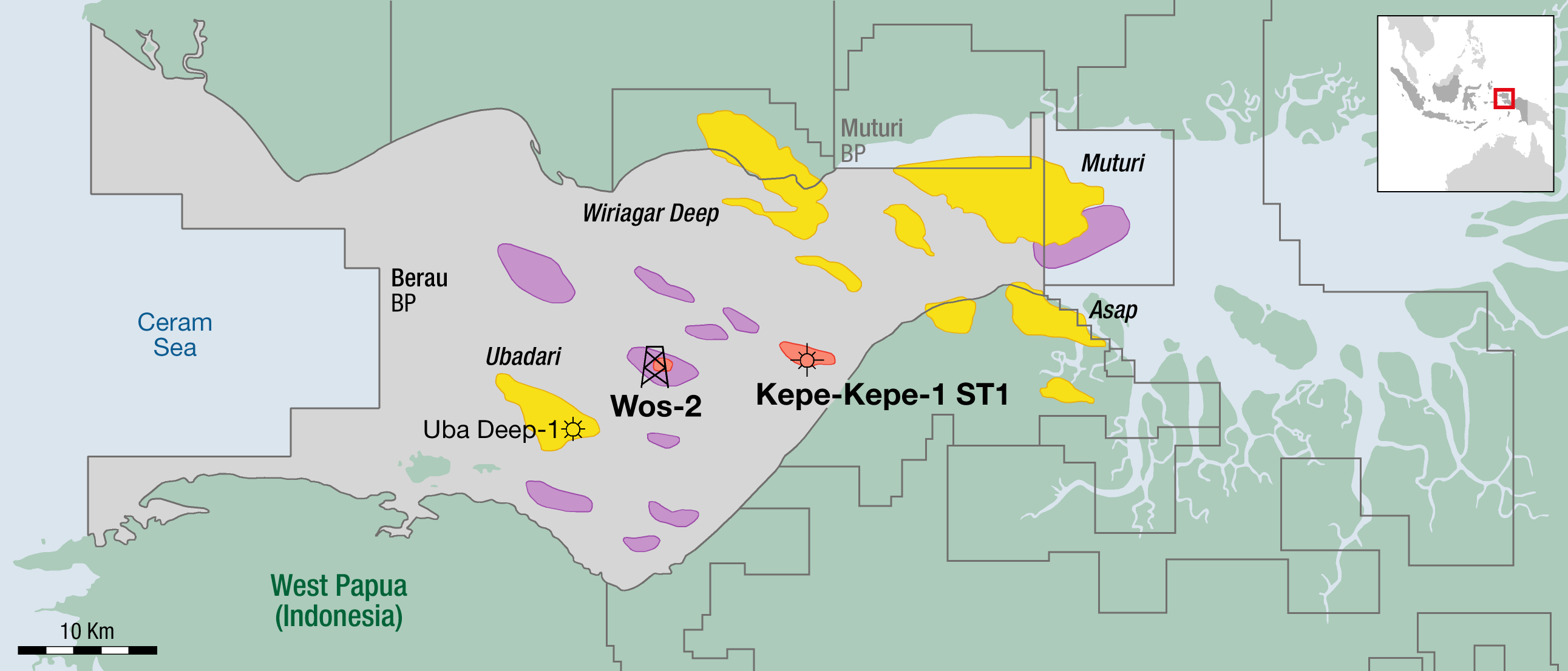According to senior government officials, Myanmar will offer up to 18 onshore blocks in the 2012 international bidding round, scheduled to be launched in September, opening the prospect of a flood of new investment to the poverty-stricken nation. Further opportunities are promised, as the Energy Ministry indicated at a similar conference in Rangoon in June 2012, namely that 23 offshore blocks would be made available for bidding at an unspecified date. But as the Ministry prepares for a second promotional drive for potential foreign investment in this resource-rich country, opposition leader and Nobel Peace Prize winner Aung San Suu Kyi, while calling for greater Western investment in the country, has urged foreign oil and gas companies not to deal with the state oil agency MOGE (Myanmar Oil and Gas Enterprise), suggesting it was a “shadowy business and had so far failed to account for its activities”.
Myanmar’s hydrocarbon reserves are estimated at over 88 Tcfg and 3.2 Bbo – significant volumes in the regional context. Foreign investment in the oil and gas sector reached US$13.8 billion as of the end of November 2011. Natural gas accounts for 90% of hydrocarbon production, over 80% of which is exported to Thailand. Gas production is expected to increase to 2,000 MMcfpd by 2016, following the start-up of the offshore Shwe and Zawtika projects in 2013 and 2014 respectively, according to estimates by Wood Mackenzie.
In recent years investment has come largely from Asia, though Chevron and Total have stakes that pre-date sanctions in the country’s largest project, the offshore Yadana gas project. With political reforms gaining international recognition, competition for Myanmar’s oil and gas reserves is expected to intensify as foreign companies move in on a sector long closed-off due to Western governments imposing economic restrictions in response to alleged human rights abuses. A new foreign investment bill, one of numerous key reforms needed to spur economic growth and attract foreign investment, is expected to be passed into law before autumn, part of President Thein Sein’s ‘second wave’ of reforms which he says will be enacted over the coming year and which the government hopes will triple the size of the country’s economy by 2016.
Offshore Potential
Offshore exploration opportunities took a boost in March 2012 when Myanmar and Bangladesh announced that they had resolved their long-running maritime boundary dispute, at the center of which was an area covering 150,000 km2 in the hydrocarbon-rich Bay of Bengal. MOGE has indicated it will invite foreign companies to explore and develop 17 deepwater blocks and six shallow-water blocks in three offshore areas in the Bay of Bengal and Andaman Sea. The offshore blocks, none of which have been explored by multinational oil companies before, will be awarded through ‘direct negotiations’, with the state holding a stake of between 15% and 25% in each project. It is believed that successful bidders will be granted an exploration period of up to six years, followed by a three-year tax holiday upon the start of production. The contractor will pay 30% income tax, while a 12.5% royalty will apply.
The geological settings of the three offshore zones differ considerably, with knowledge of the petroleum systems and reserves in Moattama and Tanintharyi better established. The Rakhine Offshore Area has an extremely thick sequence of sedimentary rocks, varying from 18 km in the north to 1 km in the southern part of the Bay. Preliminary test drillings in this Offshore Area indicate natural gas reserves of up to 14 Tcf. Water depths over the delta-shelf are less than 200m and deep objective depths are thought to lie between 2,000m and 5,000m. The Tanintharyi Offshore Area lies between the Mergui platform off the south-west coast and the east central Andaman Sea, where the seabed steeply slopes in a westward direction, with water depths up to 1,000m. It is expected that a significant sediment thickness should be affected both by folding and faulting. As in the Mergui platform, prospects may include both Miocene reefs and argillaceous sequences, thus both reservoirs and source rocks are expected to be developed.
India and China have been competing in many places in their quest for natural resources and Myanmar is the latest arena, with China already ahead. However, analysts suggest that Myanmar may not be too comfortable depending heavily on one country, predicting the country is set to become Asia’s latest tiger economy. It is all down to the pace of reform and whether this can be sustained.





